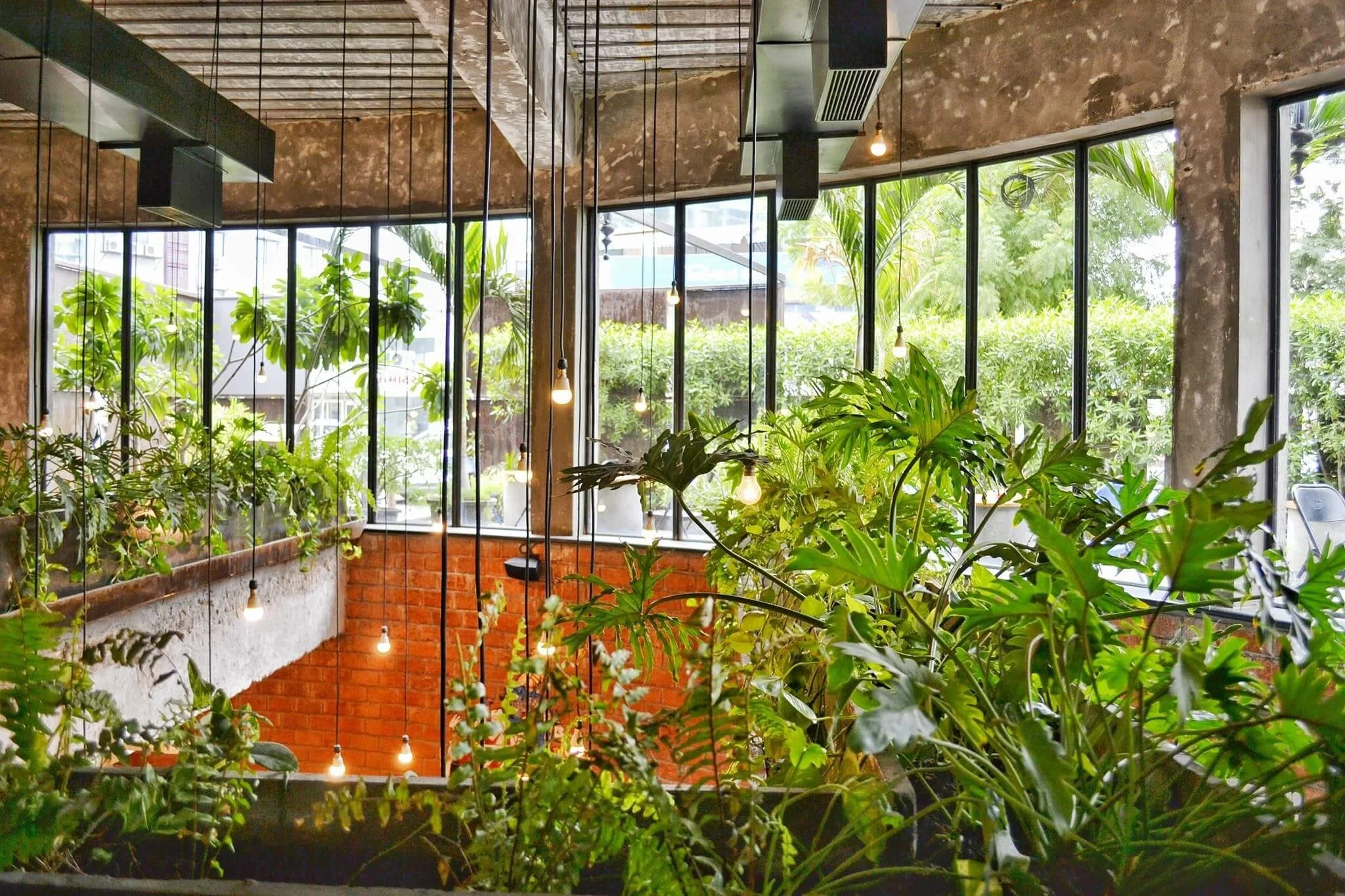Do You Know about Genetic Architecture?
The latest trend that numerous architects have been working to perfect is genetic architecture. The goal is to have a material that is adaptable to its environment, made of organic material, and not dependent on humans to perform its action. In this article we view two notable projects that are paving the way for genetic architecture.
image © MusikAnimal
Since Venice is projected to eventually end up underwater due to the rising sea levels, Dr. Rachel Armstrong has suggested 'living' matter to help preserve the city. She suggests that "Metabolic materials and living buildings will not only be able clean up the pollutants that we pump into the environment but will have the capacity to serve as a first line of defence against climate change and unpredictable environmental events since their sensors, intelligence and efforts are embedded in real environmental event not ones that are simulated using traditional computers."
The image above depicts the coral reef project that Armstrong is currently working on. She proposes creating an artificial limestone reef by releasing oil droplets into the water which are chemically programmed to react with carbon dioxide and create a reef. If the experiment is successful, eventually the material could be used to create a 'living' building that could meet the needs of the changing environment.
While Armstrong is focusing on a way to create self sufficient architecture underwater, architect Ferdinand Ludwig is looking at ways to improve a city above ground. His recent project in Germany shows that he is already advancing with the field. He has created a structure that has an exterior made from trees. While the project won't be finished until 2028, it's the first building of its kind and he hopes that in the future more companies will take the risk of building with nature.
Even though the two projects highlight that genetic architecture will be sustainable, you shouldn't expect to see a huge increase in the popularity of it in the future. The process is currently very time consuming which means that despite it's benefit, it may be a little while before we see a lot of architecture shifting to being self-assessing, self-healing and self-modifying.
Sources: Ferdinand Ludwig, Tree Hugger, & Interactive Architecture. Cover Photo © Unsplash








